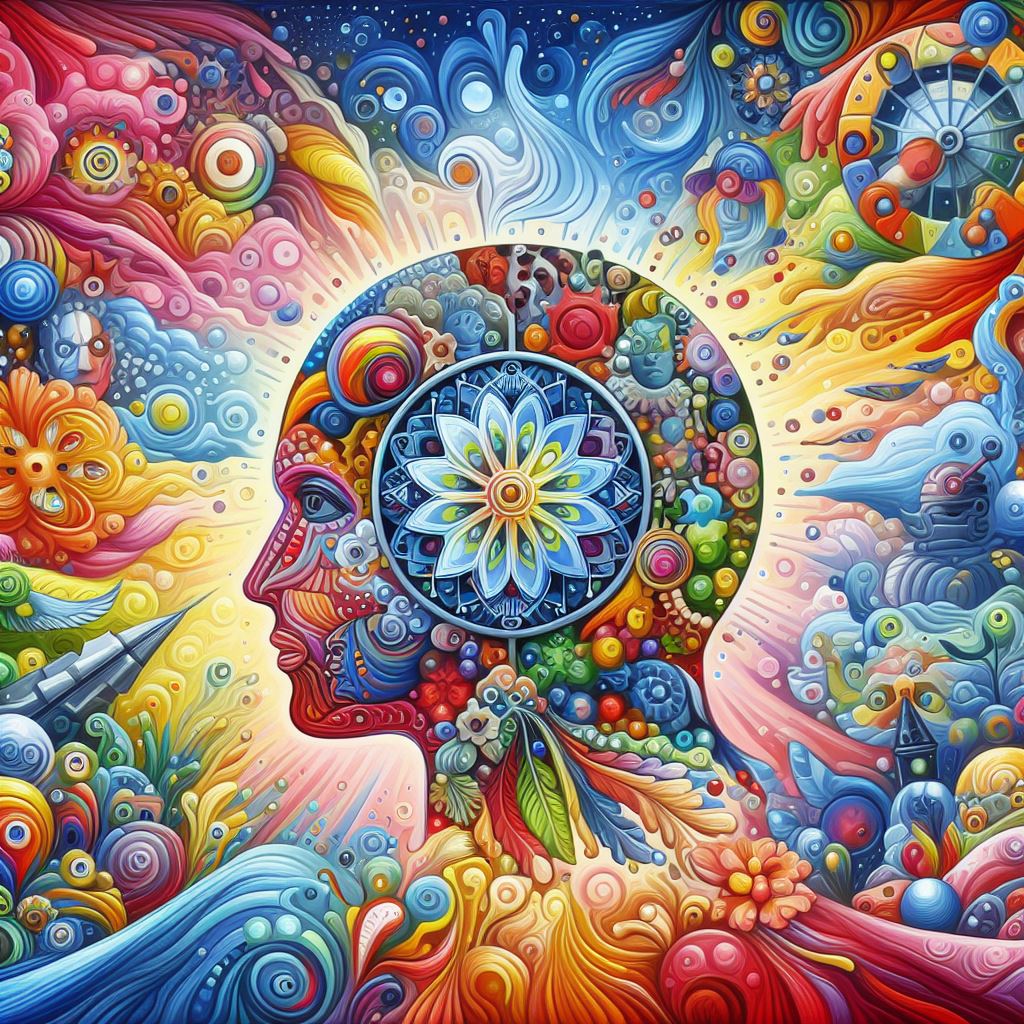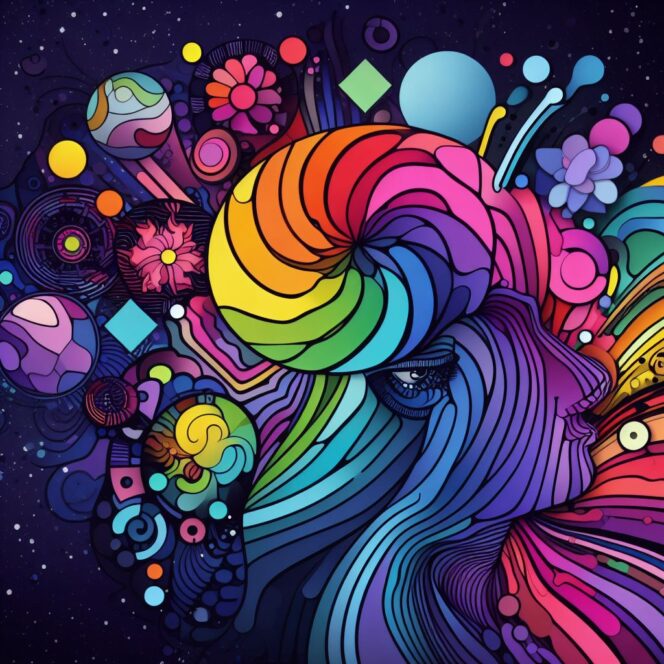Introduction:
In the kaleidoscope of our daily lives, colors play a silent yet powerful role in shaping our emotions and behaviors. From the serene blue of the sky to the vibrant red of a stop sign, each hue holds a psychological influence that extends beyond mere aesthetics. Let’s unravel the fascinating world of color psychology and understand how the shades that surround us impact our mood and actions.

Color and Emotions:
Colors possess a remarkable ability to evoke emotions. The cool tones of blues and greens often induce a sense of calm and tranquility, while warm colors like reds and yellows can elicit feelings of warmth, energy, and even urgency. The right color palette can transform a space, creating an atmosphere that aligns with desired emotional states.
The Power of Red:
Red, a color that demands attention, is associated with passion, energy, and intensity. It can stimulate adrenaline production, making it suitable for creating a sense of urgency or excitement. In marketing, it’s often used to grab attention and convey a bold message.
Cool Blues for Serenity:
On the other end of the spectrum, blues are renowned for their calming effect. Whether in bedrooms or offices, the color blue promotes relaxation and concentration. Its tranquil nature makes it a popular choice in spaces where a sense of peace is desired.
The Influence on Behavior:
Color doesn’t just impact emotions; it can also influence behavior. Studies suggest that warm colors can encourage social interaction, making them suitable for spaces like dining areas or gathering spots. Cool colors, on the other hand, may enhance focus and productivity, making them ideal for work environments.
Gaming in Living Color:
In the digital realm, where visual stimulation is paramount, color psychology takes center stage. Game developers harness the psychological impact of colors to enhance gaming experiences. Intense reds and yellows may be used during action-packed sequences to heighten excitement, while calming blues and greens can be integrated into serene landscapes for a more relaxed gaming atmosphere.
Conclusion:
As we navigate the tapestry of our surroundings, let’s be mindful of the profound influence that colors exert on our emotions and actions. Whether you’re crafting a serene home sanctuary or immersing yourself in the vibrant hues of a virtual gaming world, understanding the psychology of colors empowers you to curate environments that resonate with your desired mood and enhance your overall experience. So, the next time you embark on a gaming adventure, pay attention to the colors around you—they might just be the secret ingredient to a more immersive and emotionally resonant gaming experience.
For an exceptional gaming experience, explore neodelight.com to immerse yourself in a spectrum of vibrant hues within the virtual gaming world












No Sign-up. Play Directly.